Conditions and Diseases
Acne
Acne is a common skin condition that affects most teenagers to some extent. However, the condition is not restricted to any age group; Adults in their 20’s-even into their 50’s can develop acne.
Acne consists of black heads, whiteheads, pimples and sometimes deeper cysts. It is most common on the face but can also occur on the back, chest, shoulders and neck. When acne is severe, it can lead to serious and permanent scarring. Even less severe cases can be followed by scarring.
Research on the causes of acne links it to the changes that take place as young people mature from childhood to adolescence. Rising hormone levels during puberty cause the sebaceous oil glands of the skin to get bigger. The sebaceous glands make an oily substance called sebum which reaches the surface by emptying through the opening of the follicle on to the skin surface. The oil’s material seems to stimulate the lining of the wall of the follicle. The cells shed more rapidly and stick together, plugging the openings of the skin surface. Also, the mixture of oil and cells allows bacteria in the follicles to grow. These bacteria produce chemicals that can cause the wall of the follicle to break. When the wall is broken, sebum, bacteria, and shed skin cells escape. This is the process by which pimples and large bumps are formed.
Acne is not a disease caused by dirt. The blackness of a blackhead is not dirt, but is due to dried oil and dead skin cells in the openings of the hair follicle.
Sodium Lauryl Sulfate is an ingredient in many shampoos that can clog your pores.
Treatment
Each treatment will be tailored to the individual patient. Improvement will be noticeable in 6 to 8 weeks.
1. Wash your face gently two times a day with warm water, your bare hands and the prescribed face wash. Pat dry.
2. Topical preparations may be prescribed to help unblock the pores and reduce bacteria. Avoid using other products on your skin. Avoid hair spray. Use only oil free noncomedogenic make up and clean brushes frequently, at least once a week.
3. Oral antibiotics may be prescribed for more severe cases to reduce bacteria in the follicles.
4.During your follow up visits your provider may recommend acne treatments. These procedures open pimples, remove blackheads, drain cysts or apply an Alpha Hydroxy Acid facial treatment.
5. Do not pick, scratch, pop or squeeze your pimples yourself. This may lead to worsening of your condition and permanent scarring.
6. Foods do not cause acne but chocolate, caffeine, fat free milk, whey protein powder, fried foods and pop make some patient’s acne flare.
7.If you become pregnant stop all prescriptions and notify your provider at our office.
Get a PDF version of The Truth About Acne.
Learn more about Acne from the American Academy of Dermatology.


